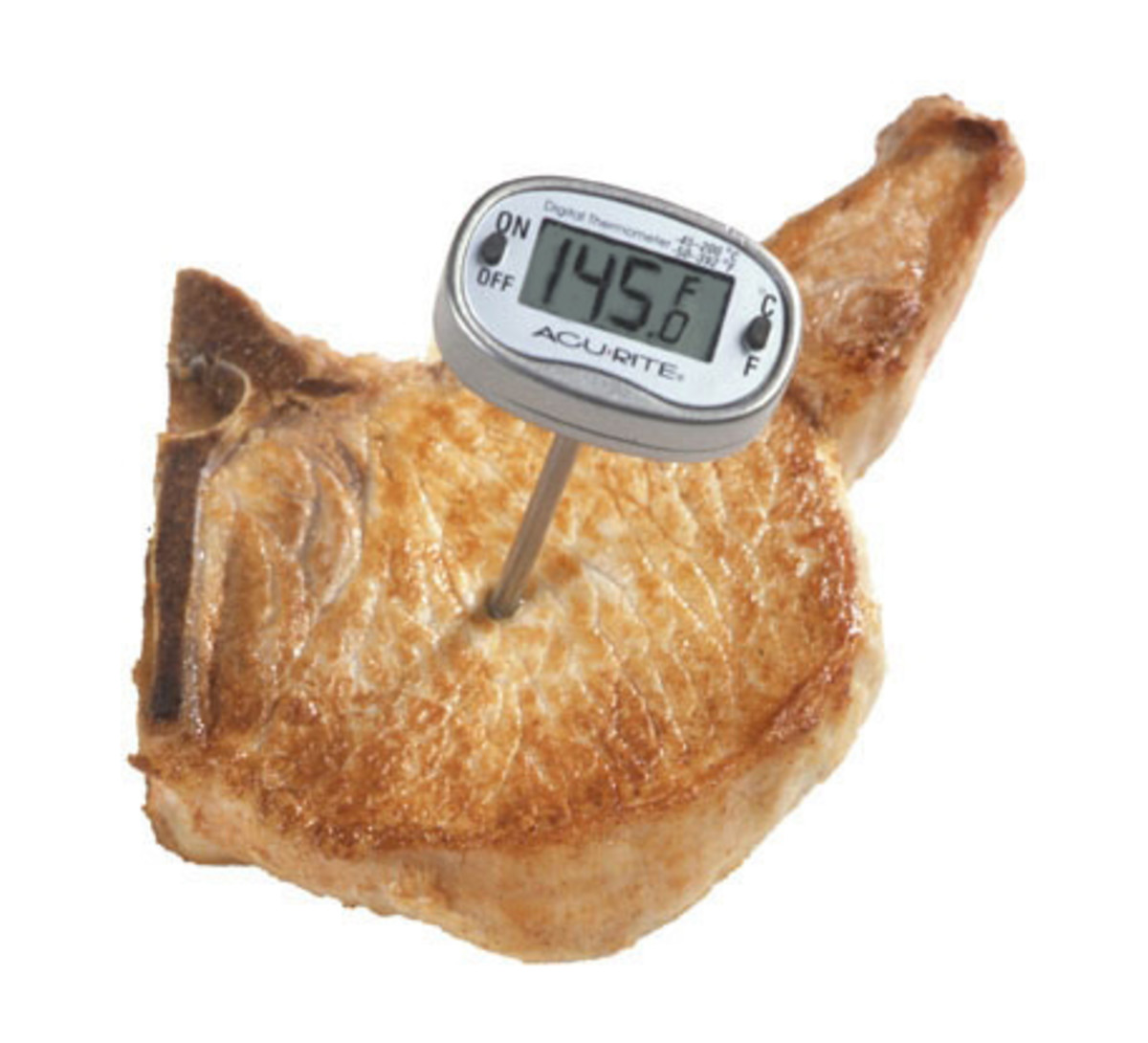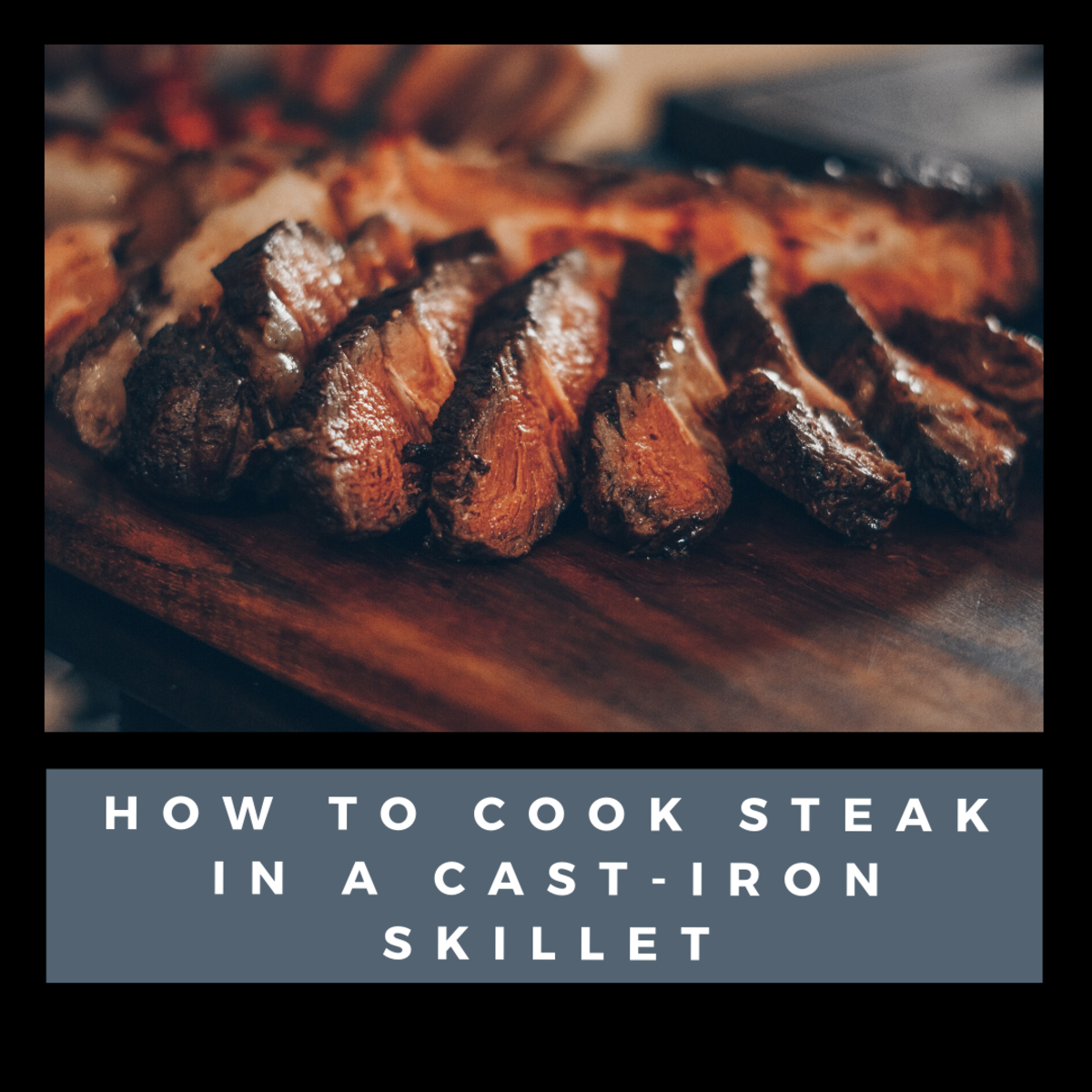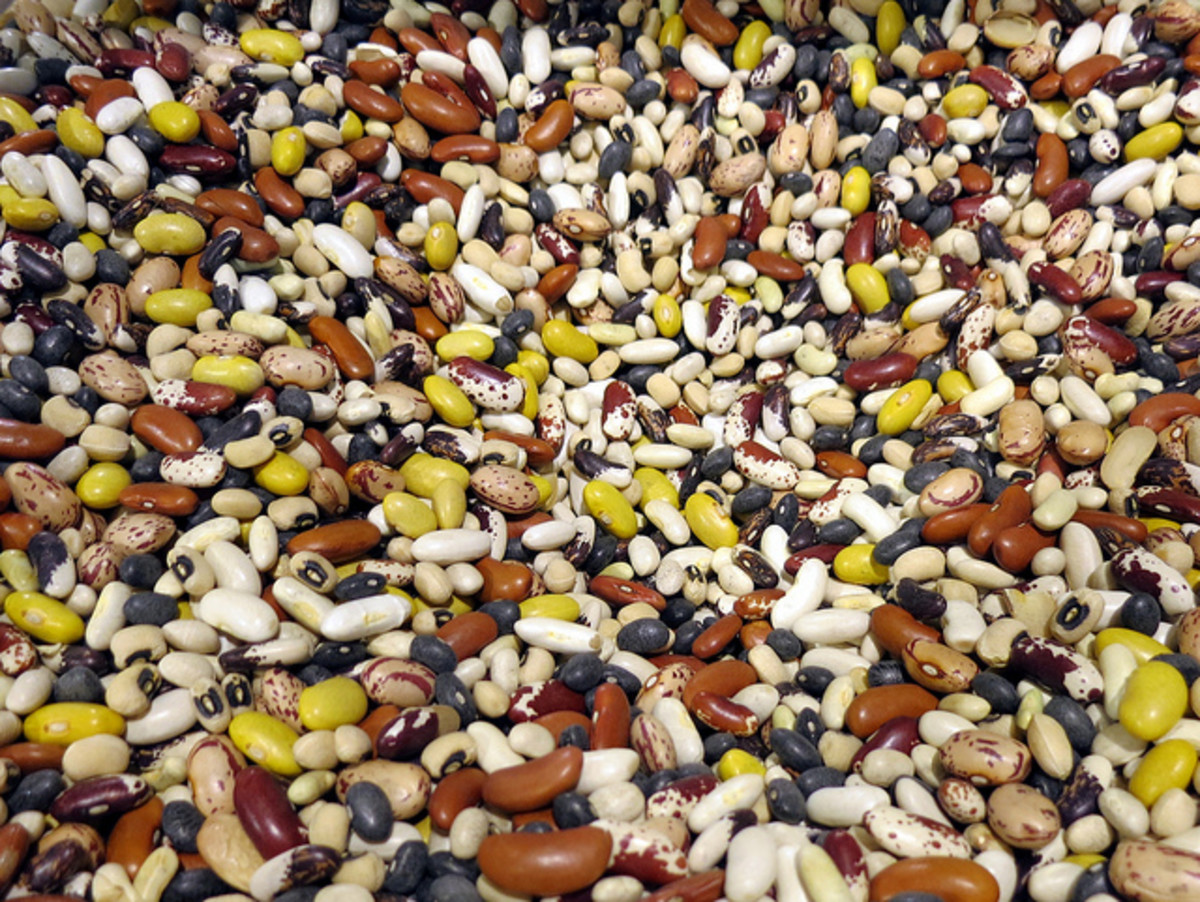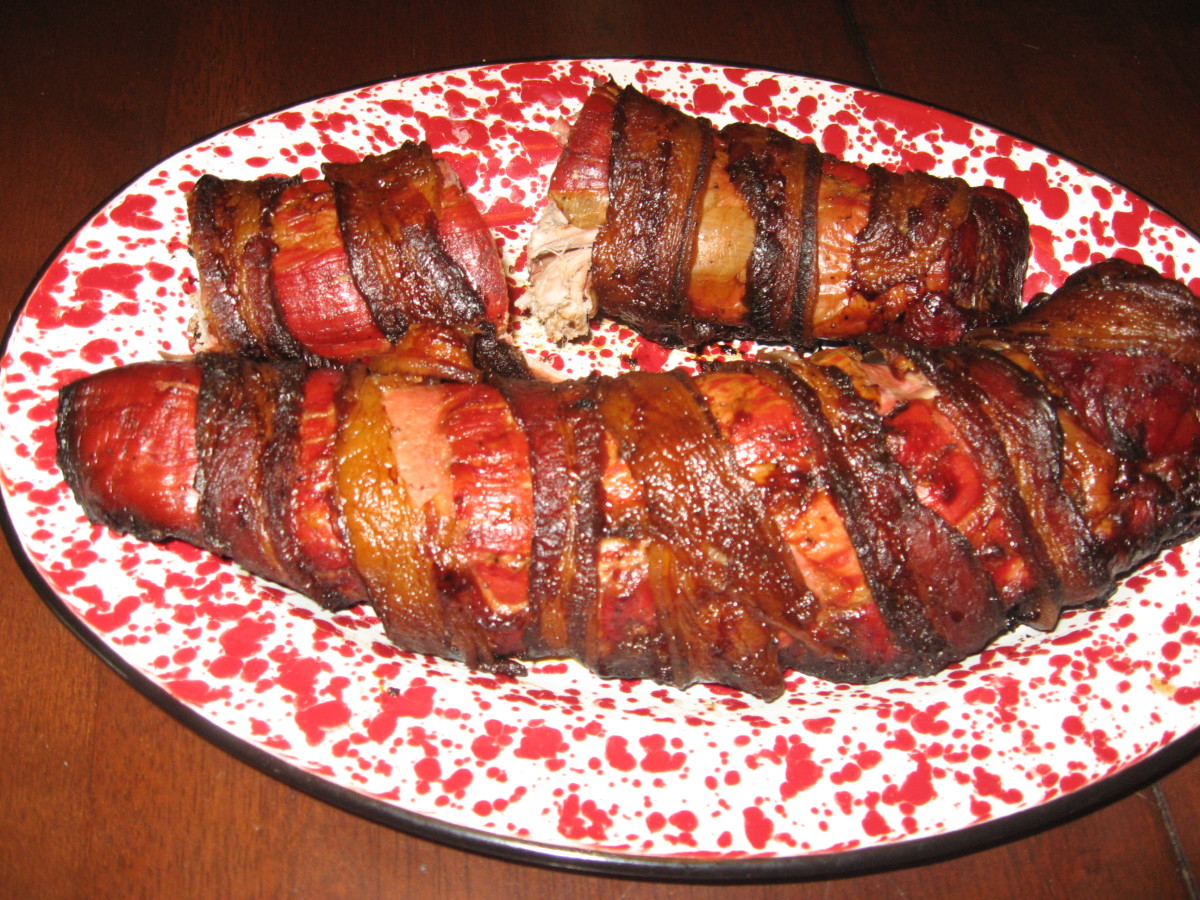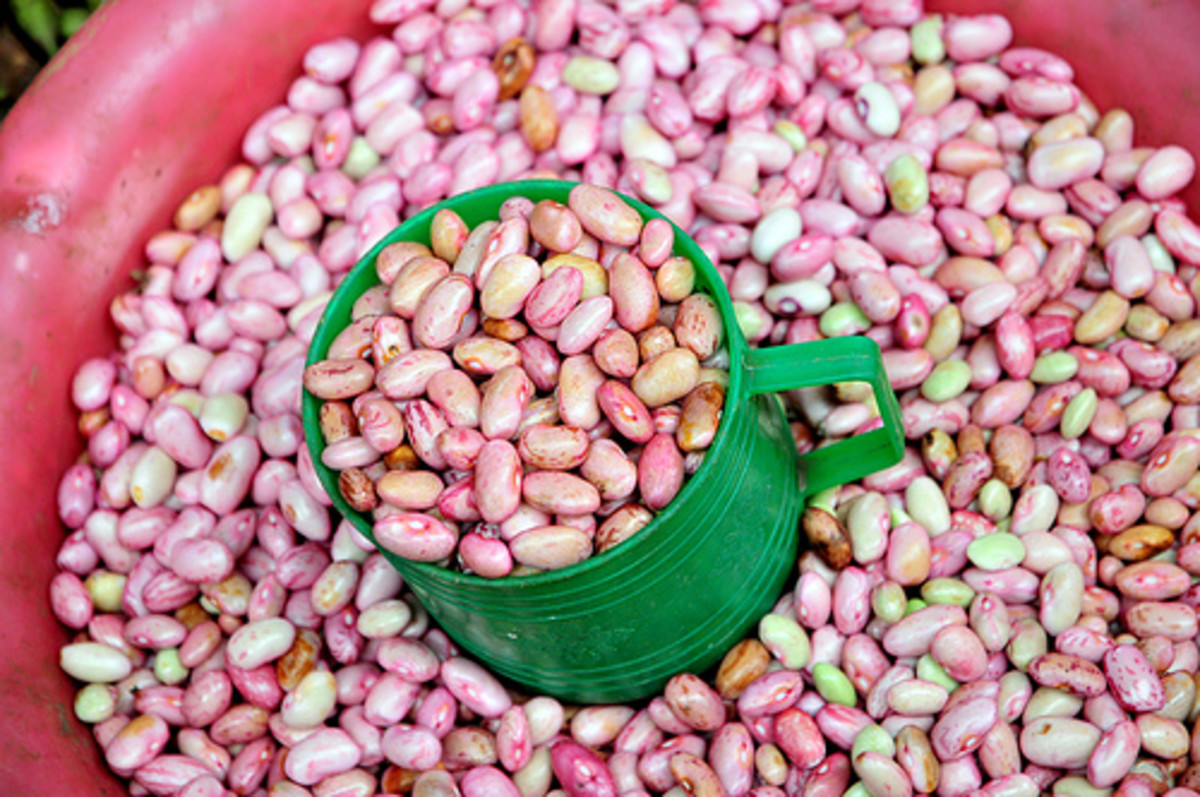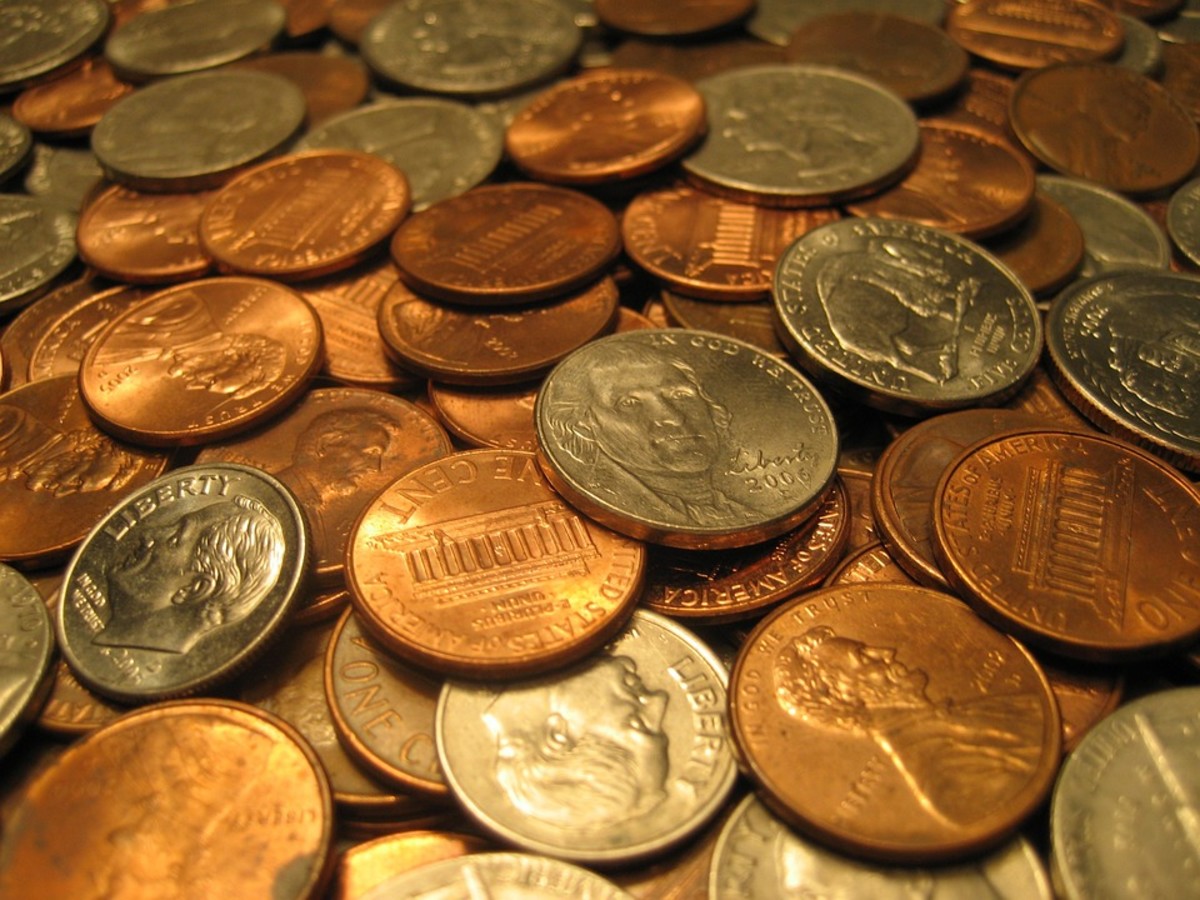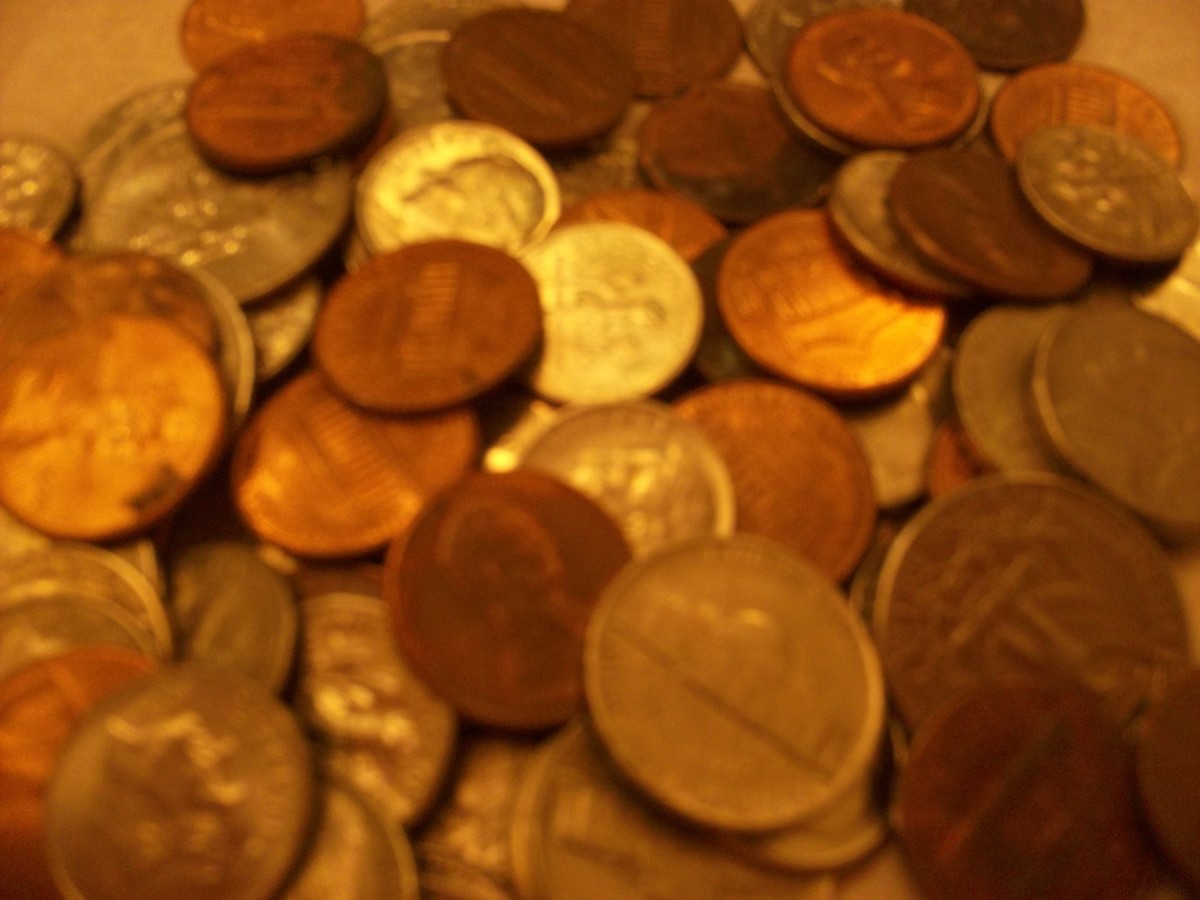Cook with dried beans: How to soak dried beans, and save money!
Cooking With Dried Beans Is a Valuable Skill You Will Use Forever!
I recently learned a skill that has totally transformed my kitchen: Cooking with dried beans. It sounds simple, and it is! Anyone can soak dried beans and use them for cooking. Since I am trying to cut down my grocery budget, incorporating more of this inexpensive pantry item is a great way to start. In this hub, you will learn how to soak dried beans, simmer them over low heat, and end up with a potful of perfectly cooked beans that you can use all week long!
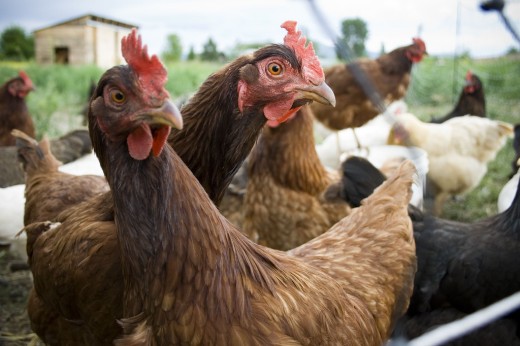
Beans Are a Inexpensive Substitute for Meat
Loading up on meat at the market can quickly drain a grocery budget. Unfortunately, many families feel that a meal without meat is too unsubstantial. Meat has become a necessity in many homes rather than being an occasional treat. Luckily, beans are hearty and filling, and can easily take the place of meat in many meals.
Some quick and filling meatless meal ideas include chili, tacos, taco bowls, salads with garbanzo beans (chickpeas) or other beans, veggies with hummus, and all kinds of soups. You can also use beans to "stretch" ground beef or turkey in meals. If you or a family member just has to have meat, stretching the meat (and your dollar) with beans is a great compromise.
The Nutritional Benefits of Beans
They look humble and unassuming, but beans are extremely healthy. Packed with fiber, protein, magnesium, iron, and many other nutrients, beans are considered a super food. They are very helpful for regulating the digestive tract (all the fiber and protein rather than carbohydrates and fat), and stabilizing blood sugar (for the same reasons).
Beans are also low in fat, which makes them a heart-healthy alternative to red meat or poultry. Beans, including the very versatile black (turtle) beans, have anti-inflammatory and antioxidant qualities.
The chart below, summarized in part from the World's Healthiest Foods website, gives a snapshot of the nutrients in black beans.
Nutrients in Black Beans (1 cup)
Nutrient
| % Daily Value
|
|---|---|
Molybdenum
| 170
|
Folate
| 64
|
Fiber
| 56
|
Protein
| 30
|
Magnesium
| 30
|
Iron
| 20
|
Calories (227)
| 12
|
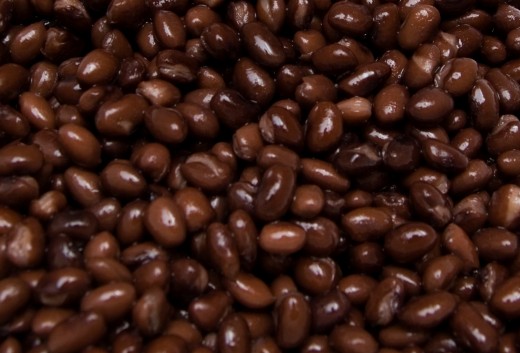
How to Soak and Cook Dried Beans
Beans from a can are quick and easy, though beans are most often packaged in cans that contain harmful BPA. Dried beans are even cheaper than canned beans, and it's really easy to soak, cook, and use them for meals throughout the week. You can even freeze room-temperature beans in containers in the freezer for later.
1. Look through the dried beans, picking out any rocks or weird-looking beans.
2. Rinse beans in water until the water runs clear.
3. Put beans in a big bowl or pot, and cover them with water until they are covered by an inch or two.
3. Put in the fridge, covered with a cloth or the lid of the pot, and leave overnight (or until the next night even). The beans will be absorbing water the whole time they are in the fridge, so check them once or twice to make sure they are still covered. Add more water if necessary.
4. After the beans have been soaking for 12 hours or more, drain the water and cover with fresh water. Put the beans on the stove and simmer until tender (i.e. till they are the same consistency as canned beans). For black beans, this can take 2-3 hours, and for garbanzo beans, a mere 30 minutes!
5. Use immediately, or keep in the fridge for up to a week. If you have a lot of extra beans, you can freeze them in glass jars. Just make sure the beans are room-temperature before you put them in the freezer.

